
Considering that London is home to seven million people, we have a lot of palaces. Kensington Palace is one of them. If I fancy a long walk, I usually start walking from Hyde Park via Kensington Gardens and eventually walk past Kensington Palace. It
It has a different vibe and is much more relaxed than the other stuffier palaces I've been to.
It's also the official London home of the Prince and Princess of Wales. It's the only Palace that lets you get close to the main entrance. Even though the gates are open, they are heavily policed, and security is everywhere. I suspect there's a camera talking clicks of all those who walk past it.
Many will recognise Kensington Palace as the former of the Princess Diana. However, she wasn't the only resident living there. The history of the Palace goes back centuries. I live in London, but I've never been inside, so I decided that now was a good time as any before the summer season got underway.
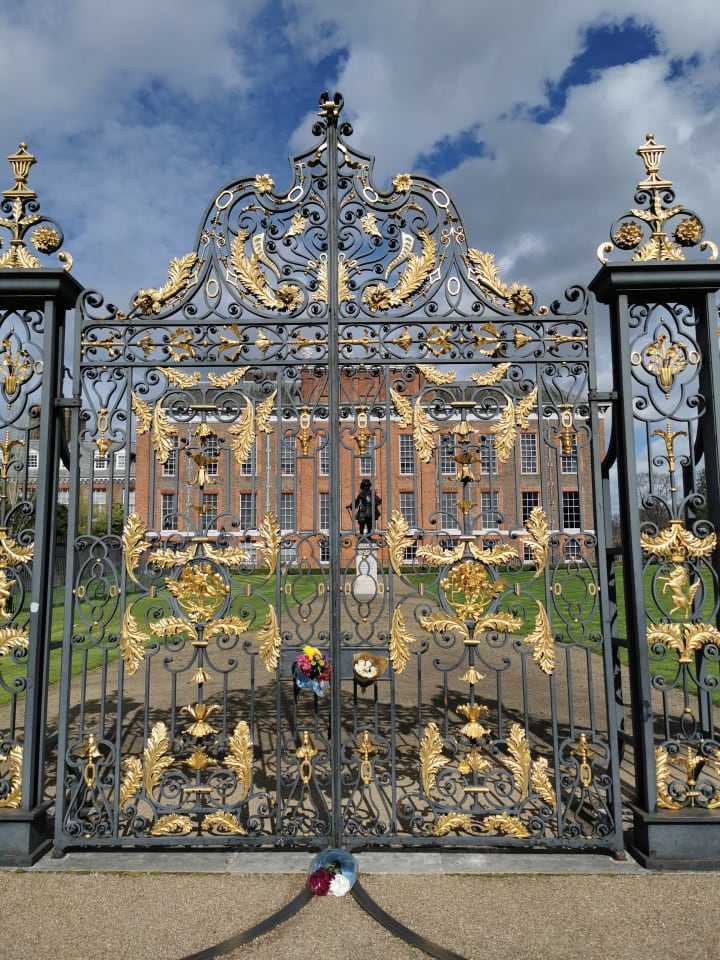
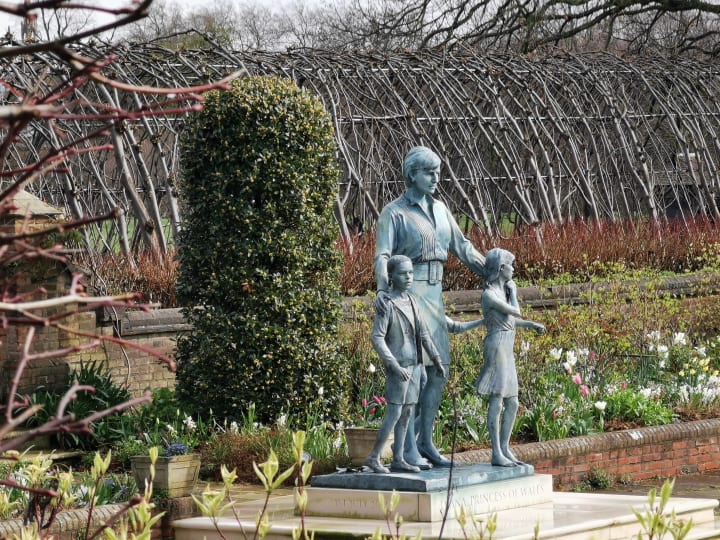
History
Kensington Palace was a two-story Jacobean mansion built in 1605 by Sir George Coppin. In 1619, the mansion was purchased by Heneage Finch, 1st Earl of Nottingham. Its transformation into a royal palace began in 1689 when King William III and Queen Mary II bought the property, then known as Nottingham House, from the Earl of Nottingham. They were looking for a residence closer to London but away from the damp and smog of the Thames, which aggravated William's asthma.
The King and Queen commissioned Sir Christopher Wren, the architect of St. Paul's Cathedral, to expand and transform the house into an appropriate royal residence. Wren added a three-story pavilion, created state apartments, and laid out formal gardens. The result was a palace fit for royalty, although it was more modest than some royal residences.
Over the years, Kensington Palace has been home to many members of the Royal Family. Queen Anne expanded the Palace during her reign, adding the Orangery in 1704. George I and George II significantly changed the Palace and its gardens in the 18th century. It became known for its court life and assemblies, becoming a centre of political and social life in Britain.

Queen Victoria
Queen Victoria was born at Kensington Palace in 1819 and lived there until she ascended to the throne in 1837. During her reign, the Palace's significance as a royal residence diminished, but it remained home to various members of the Royal Family. In the 20th century, it was the birthplace of Queen Elizabeth II's father, King George VI, in 1895.
The State Rooms
This is the only Palace that allows the public to take pictures of the State Rooms. Snoopy and I were in our element. I did get the self-audio guide, but I ditched it within 10 minutes because each room has a summary of its purpose. Plus, there's more material for you to read if you wish.
The King's Staircase was impressive, and so was the art on the walls, and the ceiling was striking. You could imagine the King and his entourage climbing up the regal stain, their full-length robes with candles along the staircase. The staircase led to the reception room used by the King to greet the guests.
I then visited the King's Apartment, which was more opulent than the Queen's Apartment. I enjoyed Queen Victoria's rooms a lot. It gave the visitor a rare insight into Victoria's earlier years as a princess and queen-to-be.
Queen Victoria was an only child and had no siblings to play with, so her living quarter was turned into one big playroom. There's a giant doll's house, and the staff makes handmade puppets to entertain the princess.
The Servants Exhibition
I don't particularly like the title 'servant', but that's what they were called in previous centuries. The Palace has put on a display of previous and existing staff who helped and are currently helping with the smooth running of the Palace.
One particular section caught my eye and concerned the critical holder in previous centuries. The colour of your key determined your hierarchy within the Palace. The gold key holders were the most powerful and closest to the Royal family. You were at the bottom of the pecking order if you had no key responsibilities.
Parting Comments
The rain didn't hamper my visit to the Palace, and I'm glad I opted for the morning slot. I walked around the Palace leisurely, had lunch in the Palace cafe, and then decided to go to Queen Victoria's Childhood apartment.
Had I done the tour first and paused, I'd have found it overwhelming because of the crowds. I'm also glad I had an early lunch because the cafe filled up very quickly.
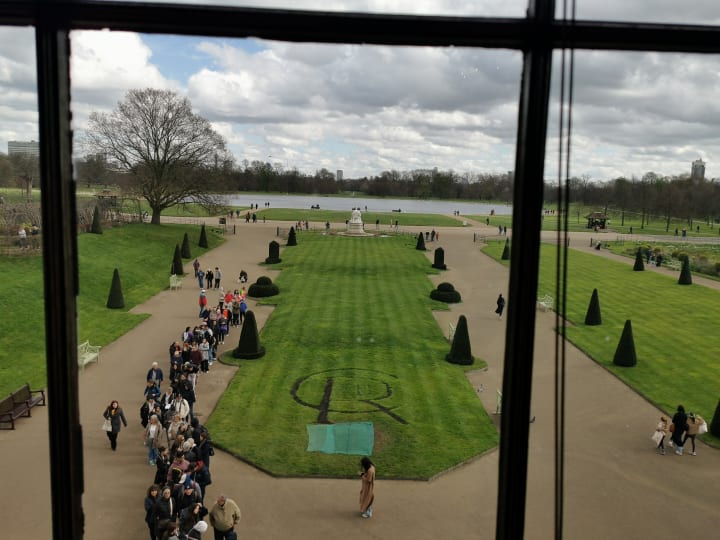
I particularly liked the pace of my visit. I didn't feel rushed or had to wait in queues to catch a glimpse of the exhibits. There are also guided talks at different times in each state apartment.
After being inside for nearly 2.5 hours, popping outside for fresh air was refreshing. I can see why Princess Diana felt suffocated in the Palace; it felt claustrophobic even though it was enormous.
The Outside space backs onto Kensington Gardens, and visiting Diana Garden is an opportunity to pause and reflect upon your visit whilst taking in the well-manicured and managed garden. You're not allowed to walk in the actual garden but around it. At the bottom end, you'll see the Diana statue with three children.
Thank you for your attention.
Best wishes as always
Tabby

About the Creator
Tabby London
The London I've been discovering is usually off the well-beaten track.I love the nooks and crannies and walking along the streets steeped in centuries worth of history. I'm fond of Zone 1 because that's where it all began centuries ago.

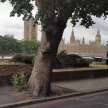


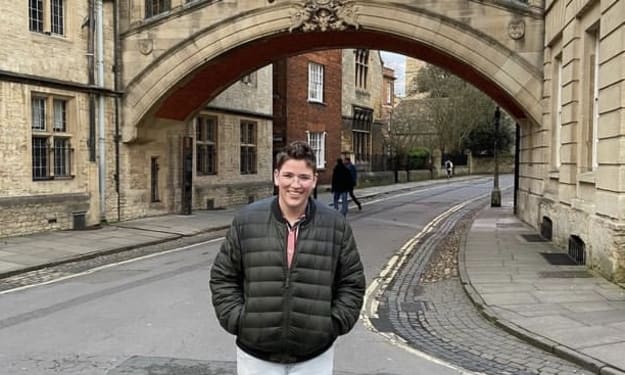

Comments
There are no comments for this story
Be the first to respond and start the conversation.